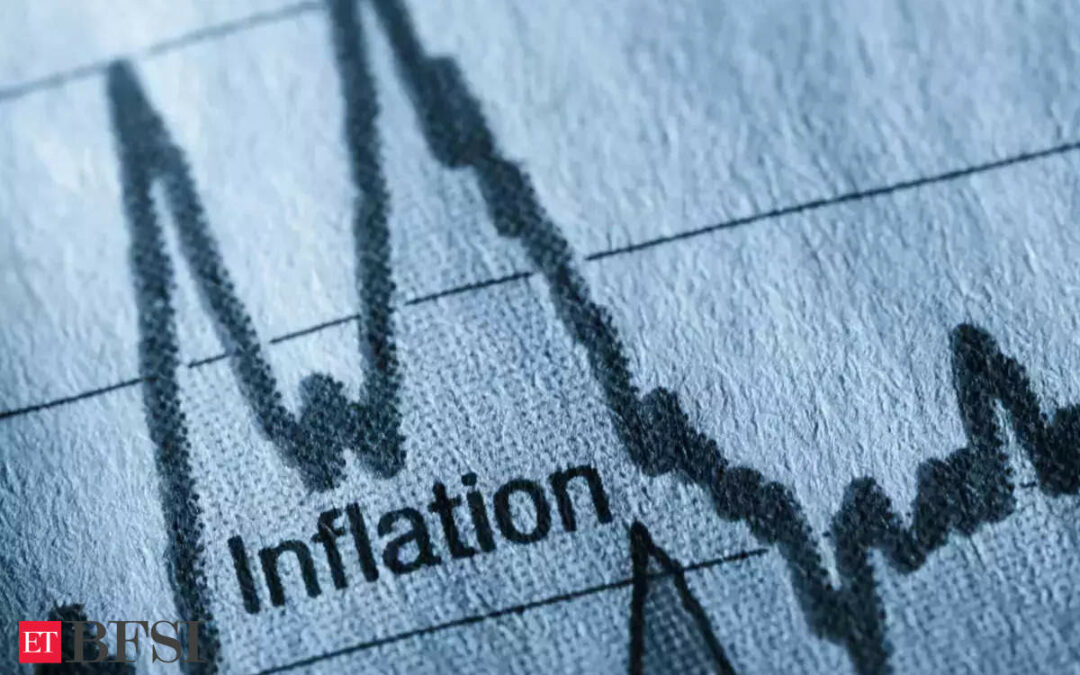Wholesale deflation widened to a three-month low of 0.5% in October compared with 0.3% in the previous month, owing to softening inflation in primary food articles along with a sharp turnaround in crude petroleum and natural gas to deflation.
Wholesale price index has remained in deflation for seven consecutive months; however, experts indicate that a rise in domestic food prices may lead to a reversal in WPI towards inflation in November.
“Looking ahead, while global commodity prices, including crude oil continued to soften in the ongoing month, the uptrend in domestic prices of most food items as well as an unfavourable base is projected to lead to a turnaround in the WPI to a marginal 0.1% inflation in November 2023 (+6.1% in November 2022), after a gap of seven months,” said Aditi Nayar, chief economist, Icra.
Icra expects WPI inflation to remain below 3% for the remaining months of FY24 if commodity prices continue to remain at benign levels.
“The deflationary trend in WPI could end in the coming months with the support of favourable base fading away gradually and expectation of subdued commodity prices amid global demand weakness. However, for the full year, we expect WPI inflation to average below 1%,” said Rajani Sinha, chief economist, CareEdge.
Experts point out that even with WPI rising, price pressures are likely to stay contained with both retail and wholesale inflation staying within manageable levels.
“Strong economic growth, coupled with resilient demand, should keep some pressure on inflation, but we see scope for headline inflation, both CPI and WPI, to remain manageable, with some near-term upside risks emanating from volatile vegetable price,” said Rahul Bajoria, MD and head of EM Asia (ex-China) economics, Barclays.
India’s retail inflation declined below 5% for the first time in four months in October. Core retail inflation eased further to 4.2%.
Core wholesale inflation has been in negative territory for eight straight months.
Food concerns rise
Although inflation in primary food articles eased in October to 2.53% from 3.35% in the previous month, sequentially, there was a 1.3% rise in the food articles index, driven by high prices of cereals, pulses and onions.
“Food prices rose 1.3% m/m nsa , with gains among cereals, vegetables, pulses, and meat prices, while oilseeds fell again. Within perishables, prices for vegetables rose amid a broad-based increase, overshadowing a drop in tomato prices,” said Bajoria.
While cereals prices rose 7.5% in October from 7.3% in the previous month, prices of pulses were up 19.4% compared with 17.7% and for onions the rise was 62.6% from 55.05%.
Manufactured products index, which account for nearly two-thirds weight in the index, witnessed 1.13% deflation in October compared with 1.34% decline in October.
On a sequential basis, however, there was no change in manufactured products prices.
“Within manufactured products, food, clothing and furniture prices went up, while there was a general decline in leather, rubber and metal related products. This perhaps reflects some moderation in global commodity prices, as we have seen visible declines in prices of industrial raw materials recently,” Bajoria added.
The fuel and power category was down 2.47% in October from 3.35% in September.










